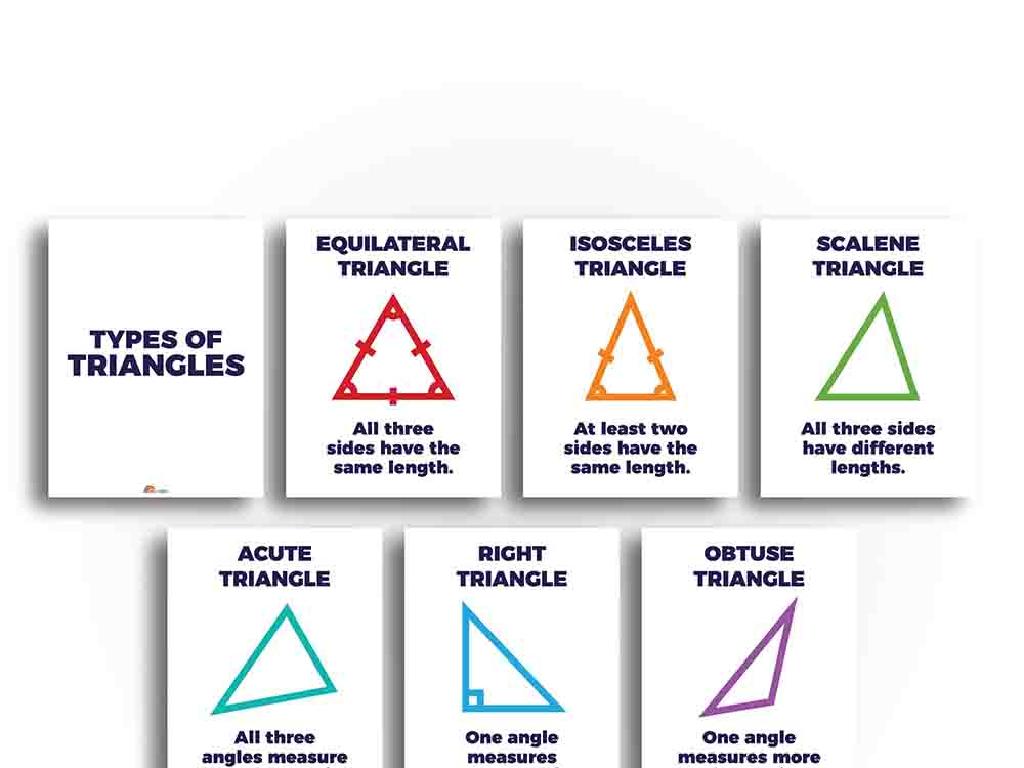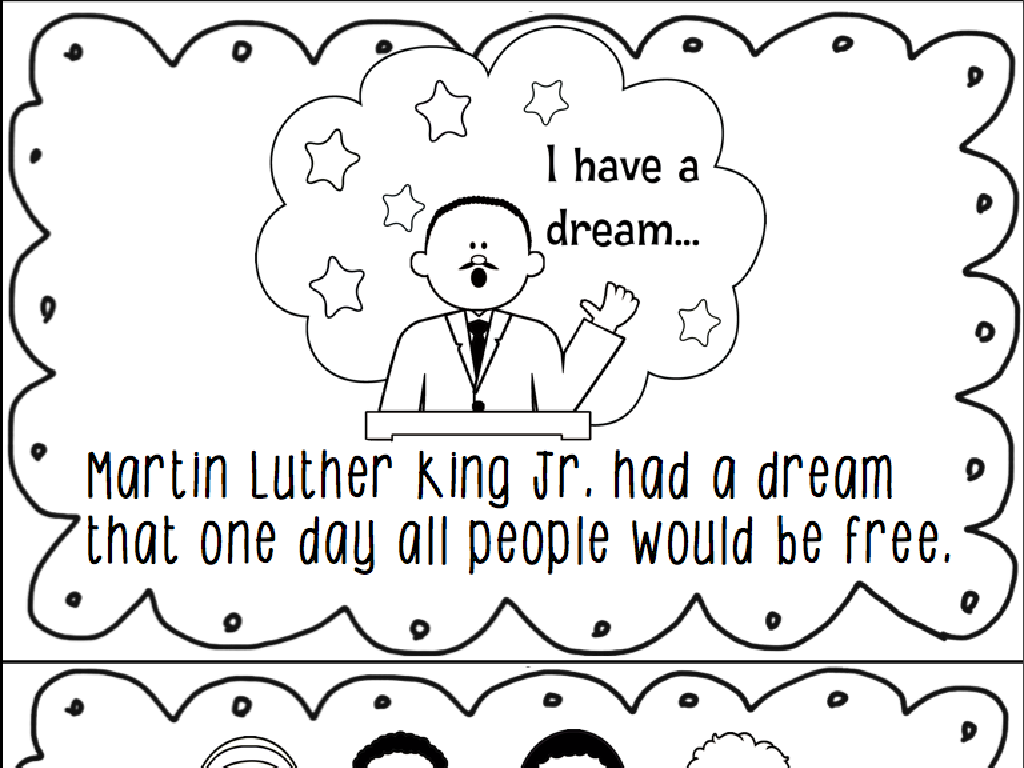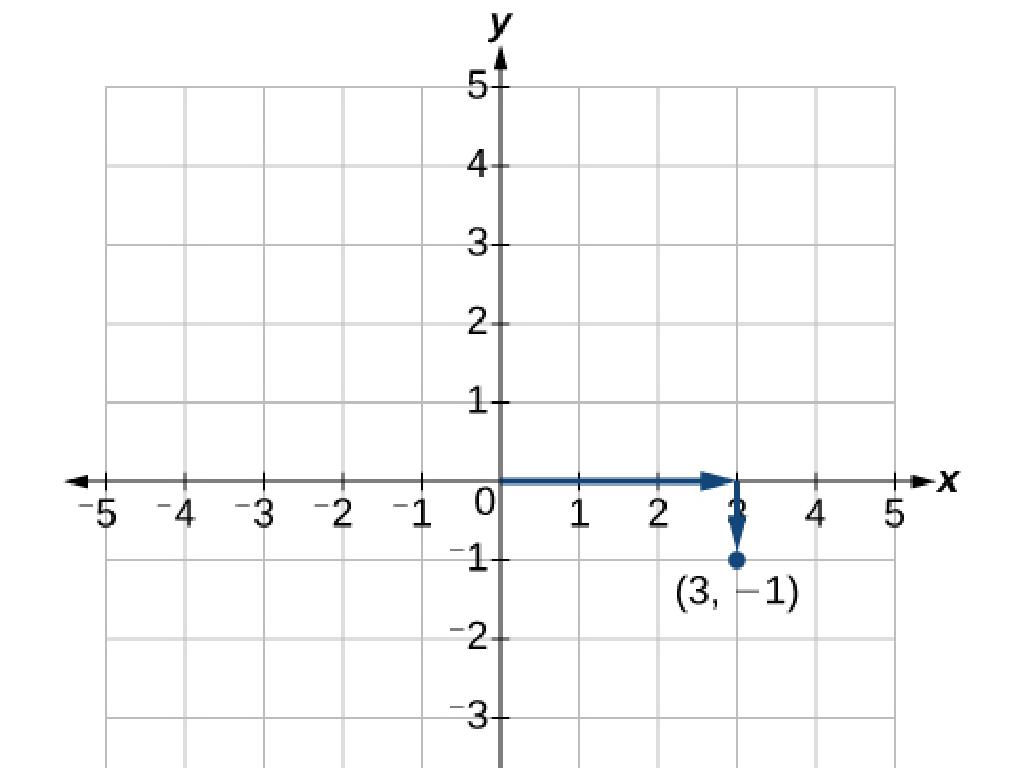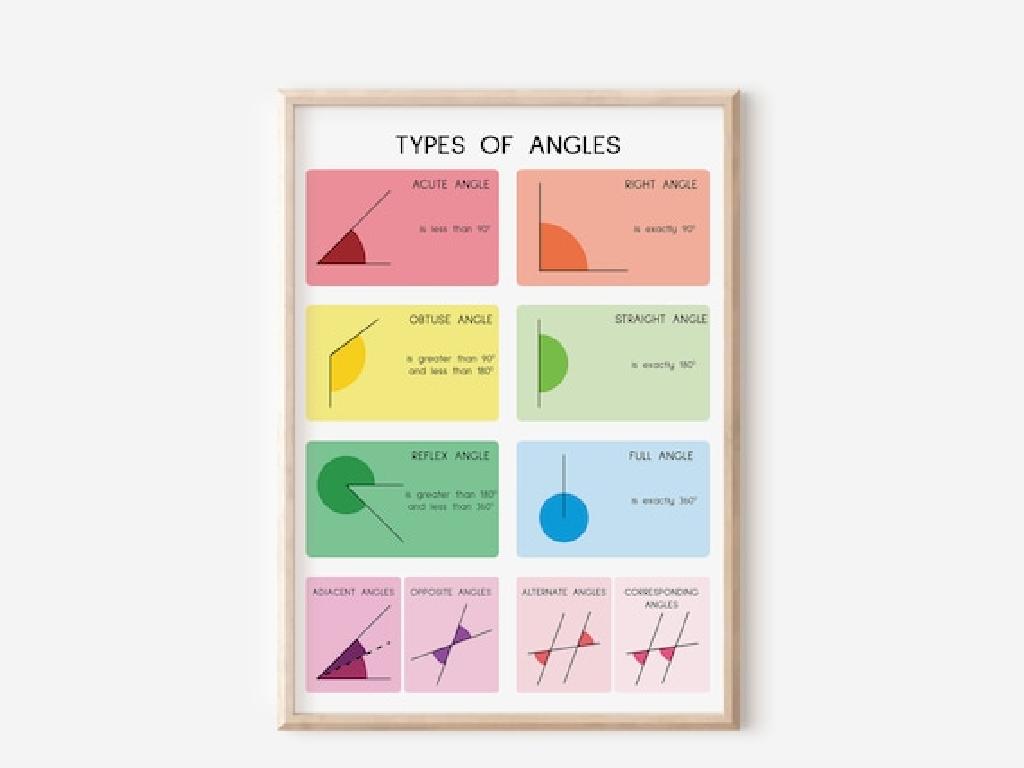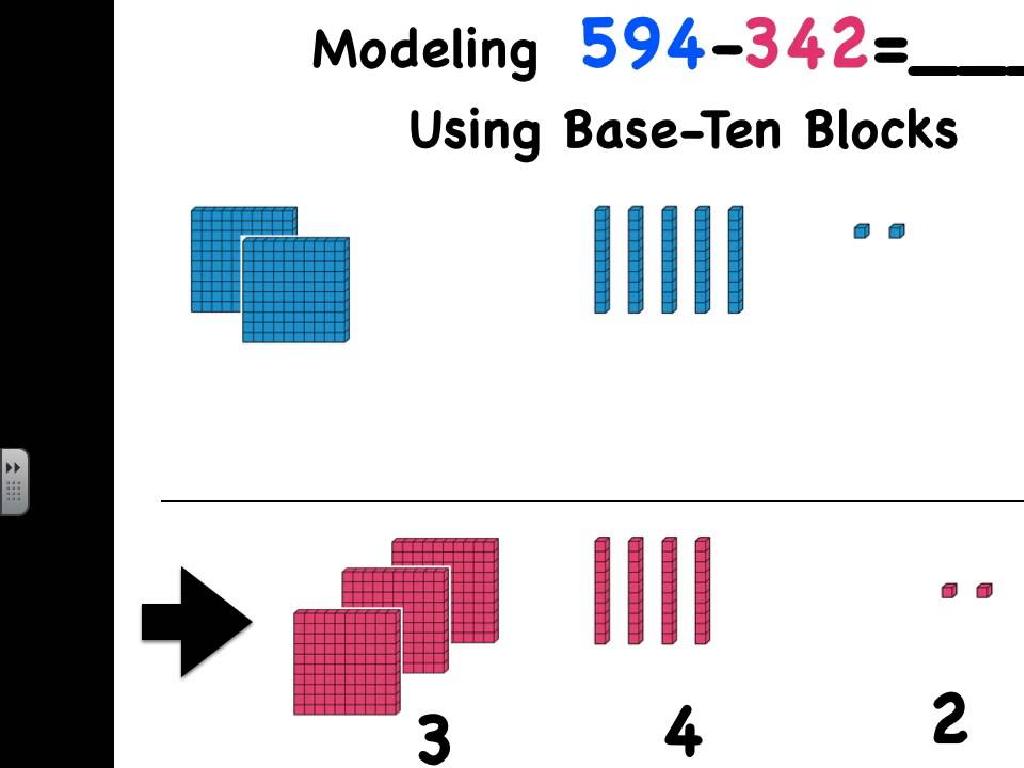Estimate Temperatures
Subject: Science
Grade: Sixth grade
Topic: Units And Measurement
Please LOG IN to download the presentation. Access is available to registered users only.
View More Content
Introduction to Temperature
– What is temperature?
– Measure of how hot or cold something is.
– Celsius vs Fahrenheit
– Celsius used globally, Fahrenheit mainly in the U.S.
– Temperature in daily life
– Weather forecasts, cooking, and body temperature.
– Why is temperature important?
|
Begin the lesson by explaining temperature as a basic physical property that represents the warmth or coldness of an object or environment, measured in degrees. Discuss the two most common units of temperature: Celsius and Fahrenheit, noting that Celsius is used around the world, while Fahrenheit is primarily used in the United States. Provide examples of where students encounter temperature in their daily lives, such as checking the weather, cooking food to the right temperature, or taking their body temperature when they feel sick. Emphasize the importance of understanding temperature for safety, health, and scientific accuracy. Encourage students to think of other situations where they need to know the temperature and why it might be important.
Understanding Temperature
– Temperature: hot or cold measure
– Molecule behavior at temperatures
– At higher temperatures, molecules move faster
– Weather forecast relevance
– Daily temperature checks guide our clothing choices
– Cooking and body temp examples
– Recipes require specific heat; body temp indicates health
|
Temperature is a fundamental concept in science that describes how hot or cold something is, based on the average kinetic energy of the molecules involved. When molecules move faster, the temperature is higher; when they move slower, it’s lower. This concept is crucial for daily activities such as checking the weather forecast to decide what to wear, ensuring food is cooked at the right temperature for safety and taste, and monitoring body temperature for health. Encourage students to think about how temperature affects various aspects of their lives and to bring examples from their experiences.
Celsius vs. Fahrenheit: Understanding Temperature Scales
– Origins of Celsius & Fahrenheit
– Celsius named after Anders Celsius, Fahrenheit by Daniel Gabriel Fahrenheit
– Comparing and converting temperatures
– 0°C is freezing point of water, 32°F is same. Formula: (°C × 9/5) + 32 = °F
– Reading a thermometer
– Thermometers show degrees; practice reading both scales
– Practice estimation skills
|
This slide introduces students to the two most commonly used temperature scales worldwide: Celsius and Fahrenheit. Begin by discussing the origins of both scales, highlighting Anders Celsius and Daniel Gabriel Fahrenheit. Explain the key differences between the two scales, such as the freezing and boiling points of water. Demonstrate how to convert temperatures from Celsius to Fahrenheit and vice versa using the conversion formula. Show students how to read temperatures on both Celsius and Fahrenheit thermometers. Encourage students to practice estimating temperatures in both scales to develop a better understanding of temperature differences and conversions.
Estimating Temperatures
– Learn to estimate temperatures
– Understand key temperature examples
– Freezing point (0°C/32°F), body temp (37°C/98.6°F), boiling water (100°C/212°F)
– Classroom temperature guessing game
– Guess temps of objects like desks, windows, etc.
– Discuss estimation accuracy
– Compare guesses with actual thermometer readings
|
This slide introduces the concept of estimating temperatures, a practical skill in everyday life. Start by explaining the importance of temperature estimation and its relevance in various scenarios. Provide clear examples of common temperatures, such as the freezing point, average human body temperature, and the boiling point of water, to give students reference points. The activity involves students guessing the temperatures of various objects in the classroom, which will engage them and provide hands-on experience. After the guessing game, discuss the accuracy of their estimations and how they can improve. This activity will help students develop a better sense of temperature and its measurement.
Temperature Conversion
– Converting Celsius to Fahrenheit
– Use formula (°C × 9/5) + 32 = °F
– Converting Fahrenheit to Celsius
– Apply formula (°F 32) × 5/9 = °C
– Conversion formulas
– Memorize these to estimate temperatures
– Class exercise: Practice conversions
– Convert temperatures as a class activity
|
This slide introduces students to the concept of temperature conversion between Celsius and Fahrenheit, which is a practical skill in science. Start by explaining the two scales and why conversion is necessary, especially in scientific contexts where both units are used. Demonstrate each conversion formula with an example, such as converting room temperature (22°C) to Fahrenheit. For the class exercise, provide a range of temperatures to convert both ways. Encourage students to work in pairs or groups to foster collaboration. As a teacher, walk around to assist and ensure understanding. Possible activities: Convert temperatures from a weather report, convert baking recipe temperatures, or compare body temperatures in both scales.
Class Activity: Temperature Scavenger Hunt
– Divide into groups for the hunt
– Find items with different temperatures
– Measure and record the temperatures
– Use thermometers to get accurate readings
– Discuss estimations vs. actual
– Compare your guesses with the measured values
|
This interactive class activity is designed to help students understand the concept of temperature and practice estimation skills. Divide the class into small groups and assign them to find various items around the classroom or school that they think will have differing temperatures. Provide each group with a thermometer to measure and record the actual temperature of these items. Once the activity is complete, have each group present their findings to the class, focusing on the differences between their estimated temperatures and the actual measurements recorded. This will help students grasp the importance of accurate measurement while also allowing them to see how their perceptions can differ from reality. Possible items for measurement could include a windowpane, a desk, a patch of sunlight on the floor, or a cup of water from the tap.
Temperature Estimation: Conclusion and Recap
– Review temperature concepts
– Significance of accurate measurement
– Accurate temperature is vital in cooking, weather forecasting, and science experiments.
– Engage in Q&A session
– Ask questions to clear up any confusion and solidify understanding.
– Recap on units and estimation
– Remember Celsius and Fahrenheit scales and how to estimate temperatures.
|
This slide aims to summarize the key points covered in the lesson on temperature estimation. Start by reviewing the concepts of temperature and the units used to measure it, such as Celsius and Fahrenheit. Emphasize the importance of measuring temperature accurately in various real-life scenarios, including cooking, medicine, and scientific research. Encourage students to ask questions during the Q&A session to address any uncertainties they may have. This will help ensure they have a solid grasp of the material. Conclude by recapping the methods for estimating temperatures and the situations where estimation is necessary. Provide examples of when an accurate temperature reading is crucial for safety and success in an experiment or daily life.

